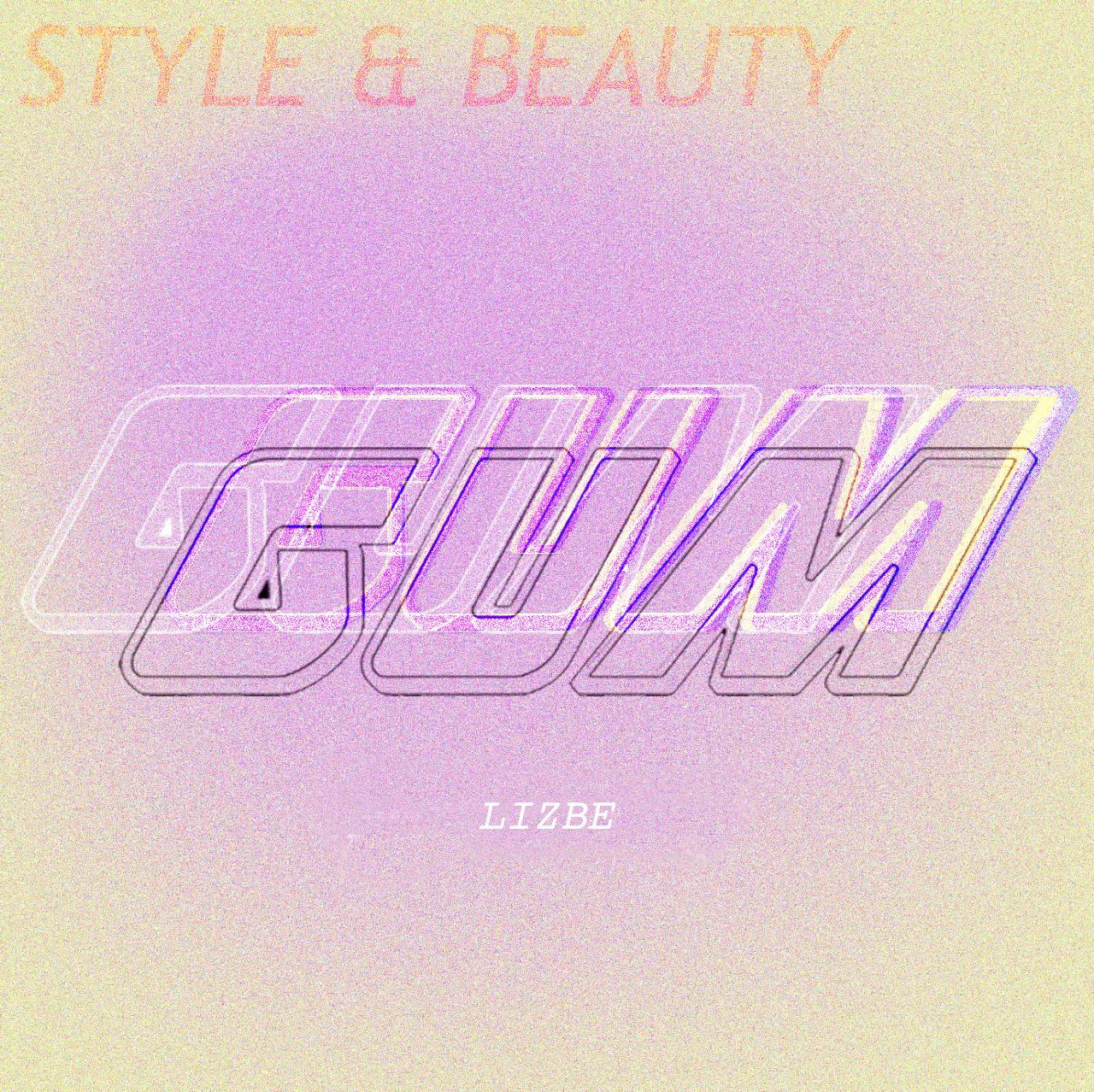Words: Liz (She/Her)
In the Iron Age, mullets bore an important purpose in setting Celtic people apart from the close-cropped haircut of the Roman military. Proof can be found in the Capitoline Museums in Rome, where sits a statue called the Dying Gaul. The Gaul is wearing a torc around his neck, with a head of hair and the facial expression of a rugby union player whose team just lost. The original statue may have been crafted as early as the 4th century BC, but written descriptions go back centuries further. As the Romans gained more territory, the mullet became confined to the westernmost reaches of the continent, where the unconquered Celts of Scotland and Ireland retained their loyalty to the style. Remarkably in 1297, more than a millennium later, a haircut described as half-shaven on the top and long at the nape was still so associated with militaristic Irish men that the colonising Anglo-Normans legally banned themselves from wearing the style. It seems mullets have always induced a love-it or hate-it reaction.
Now, I’m not about to suggest that every 21st-century iteration of the mullet is directly inspired by pre-Roman beauty standards. I am saying that western art (fashion included) can trace a great deal of inspiration back to elitist ideals which were born in Imperial Rome. The mullet has consistently been revived by anti-establishment cultural movements. The Classic Rock era brought forth David Bowie as the most iconic mullet-wearer of the decade. Paired with his androgynous Ziggy Stardust persona, the cut’s associations were reinforced in the zeitgeist as alien and non-conformist. However, as counterculture became popular culture, the mullet experienced something of an identity crisis. Tom Jones’s appearance on the Ed Sullivan show kick-started the first period of conventional pop stars embracing the look. Hopeful heartthrobs periodically bolstered its popularity until 1987, when The Lost Boys inspired many of the young stars of Hollywood to briefly adopt the hairdo. Soon the 20-year-fashion-cycle proved itself, and getting a mullet became an act of social suicide. Even amongst the disaffected youth, a plethora of increasingly niche sub-categories of mullet emerged, which saturated the market and caused it to lose a sense of individuality. In the 30 years following, mullets were once again confined to the fringes of society. From Billy Ray Cyrus’s “Kentucky Waterfall”, to Tiger King’s bleached blond bowl, the public attitude towards the poster boys for mullets returned to derogatory stereotypes, most of which were rooted in classism, homophobia, and misogyny, regardless of the character of the head it was attached. Throughout the peaks and troughs of public judgement, the mullet has attracted those with a desire to escape the gender binary the western world has attempted to enforce for so long. The paradoxical nature of the mullet is that it can be all things to all people, be it too masculine or too effeminate, out of fashion or too basic. It’s fitting, then, that disenfranchised minority groups, so familiar with reworking insults into badges of pride, are the ones who have been the most constant wearers of the cut.
In 2010, Iran banned mullets, citing their Western decadence. North Korea followed suit in 2021 following a wave of K-pop idols experimenting with new takes on the old classic. But despite the West’s mullet-ridden past, the style isn’t exclusively European. Heritage hairstyles of several Native American tribes are mullet-esque, most conspicuously the mohawk. Countries across Central Asia have flirted with the idea since at least the Middle Ages too. It’s likely that both of these regions have held these traditions since antiquity because, honestly, cutting your hair out of the way of your eyes is just practical. Historically, mullets were the go-to haircut of people labelled by western elites as uncivilised and unforgivably gender-norm-defying, which is ironic considering its current association with ‘the gentleman’s game’ of rugby. Rather than functionality or rebellion, it seems the ubiquity of 1980s tacky excess has been enough to radically transform the popular consensus for now.
I attribute the most recent mullet mania to the confluence of microtrends and the pandemic. I was left alone in my room for 18 months with a set of clippers and a Pinterest board of Damiano David and Joan Jett – I was never going to come out of that with a sensible hairstyle. But which sub-culture might next fall to the undeniable allure of the mullet? Either way, even if the mullet leaves the public eye for the next few years, the 20-year rule of recycled fashion will bring it back before we know it.

